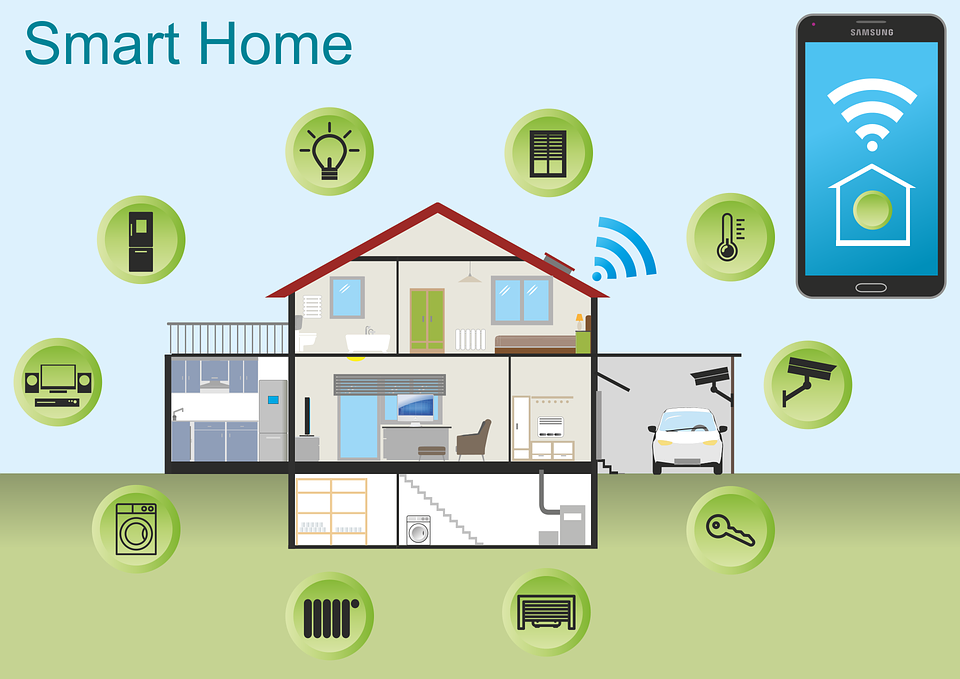If you’re curious to learn how crime is prevented with home security systems, you may be surprised to learn that it addresses it on a number of fronts. On this page, we’ll break down what is a home security system, how they work, how criminals think, and what effective deterrents are.
What is a Home Security System?
What is a home security system? Well, each one is a little different. A few common components include:
Control Panel: The control panel is the heart of any system. It’s from this main console that the system is armed and disarmed, notices are given regarding important information, such as doors being open, if the system in in the process of arming, and more.
The control panel is typically placed near the primary door to the home, be it a front door, a garage door, or between the two, so that it’s easy to get to and disarm upon entry. New wireless models like Life Shield offers also enable you to arm and disarm from your phone.
Window/ Door Detectors: The vast majority of burgers gain entry by opening a door or window. Typically, magnetized strips are placed on each side of the opening. i.e. One on the door and one on the door frame adjacent to it. When the magnets remain in contact, the control panel sees the door or window as being closed. When they separate, the control panel knows the door or window has been opened and either gives you time to disarm it or sounds the alarm, depending on how it is set up.
Breaking Glass Detectors: Occasionally, someone will try to gain access to a home by breaking a window or sliding glass door. It’s not the preferred method because it makes noise and draws attention, but if the individual thinks he or she can do so without getting caught, it’s a possibility. Special devices placed near glass can “listen” for the sound of breaking glass and then set of an alarm and contact the authorities if it’s heard.
Motion Detectors: As an added layer of protection, motion detectors can be installed. There are various styles, but all look for movement. Older versions (circa 1990s) had issues where they’d give off false alarms when fans were on or balloons were present. Newer models are less sensitive and pick up larger movement patterns only.
A select few, such as those offered by LiifeShied, are pet-friendly as well, meaning Fido won’t trigger the alarm while you’re away. If you have furry or feathered family members, always check with the alarm company before installing motion detectors to make sure your pet won’t set it off.
CCTV/ Cameras: Surveillance cameras are more affordable than ever and can easily be integrated into any setup. With modern versions like LifeShield offers, you’ll have access to the live feed whenever you wish.
Smoke/ Carbon Monoxide Detectors: Although not all systems monitor for smoke or carbon monoxide, choosing one that does integrate these checks can save your life and the lives of your loved ones. They can also help ensure emergency services arrives promptly, so a fire has less chance to spread.
How Crime is Prevented with Security Systems
Now that we know that a home security system is, we’ll break down how they help. Perhaps the most compelling evidence regarding how crime is prevented with security systems comes from the burgers, themselves. The University of North Carolina took time to interview hundreds of convicted burglars from several states to find out what motivated them and what caused them to skip over a home.
- 80% look for the presence of a security system before breaking in
- 60% will leave without trying if they see a system
- 50% will leave if they realize an alarm is in place during a break-in; 31% will make a case-by-case decision
- Female burglars prefer homes; males prefer businesses; women are more prone to avoid homes with alarms
- 41% don’t plan—they seize an opportunity; 37% vary their approach
- Just one-in-eight will pick a lock or use a key; the majority come through windows and doors that are open, unlocked, or easy to pry open—alarms catch all these issues
Tips for Maximizing Your Setup
Make sure things of value are not in sight. More than half of all burglars are looking for drugs. The next-largest group is looking for cash, typically to purchase drugs.
Use signs and stickers. Although signs from fake alarm companies don’t work well because it’s easy to tell there isn’t a company by that name, stickers and signs from real companies will likely deter 60% of burglars.
Have a camera in plain sight. It may be helpful to point a camera at the front door or entryway. A burglar will see it and you’ll be able to tell who is at your door.
Add motion lights and timed lights. Motion lights will often scare off someone who is trying to get close to your home, whereas timed lights give the appearance that someone is home. This is helpful because the vast majority of burglars want to get in and out without bumping into you.


